One of the leading fields for creating a large quantity of waste is the construction industry. Although most of the waste can be reused and recycled, it is quite difficult to motivate workers to clean up the site and care for our environment, especially if they had a long and hard day at the site. Following instances when a large amount of waste is created like in a construction project, the waste management strategy used needs to be appropriate to the situation. Such volume of trash is often collected and processed by the like of www.eagledumpsterrental.com, capable of collecting and treating many different types of waste.
If you are a house-builder, you know that the average process of building a house accumulates around 6.000 pounds of junk, and with the rising costs of materials, you’ll definitely need to implement a waste management strategy. And, if you are looking for some tips that can aid you with managing the junk on your development site, this article can help. Let’s take a look at some of the strategies that you can utilize:
Contents
- 1. Decreasing Garbage By Planning Everything Wisely
- 2. Recycling, Lessening, Reusing
- 3. Lower The Quantity of Purchases At The Shops
- 4. Always Plan Ahead
- 5. Keep Your Materials Safe
- 6. Pick Your Vendors Carefully
- 7. You Can Always Donate What You Do Not Need
- 8. By Reducing The Packing, You Are Reducing The Waste
1. Decreasing Garbage By Planning Everything Wisely
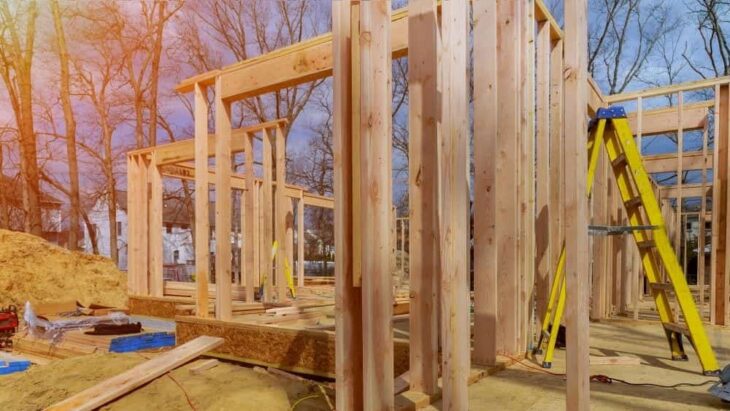
Source: newhomesource
When you take some time to prepare everything out wisely and properly, you’ll also be able to decrease the number of mistakes that you make. This means that you should ensure that you have a complete strategy before you actually begin the process of construction. You can, for example, prepare to lessen the height of the roof and/or ceiling to decrease the waste you produce.
Also, you should think about doing the same for the tubes, ducts, siding, wires, and so on. Implementing regular lengths will reduce the junk you produce. For example, if you want to lower the air leakage by more than 50%, you can use higher panels for the walls, and by doing so, you’ll lower the extra blocking and cutting as well.
2. Recycling, Lessening, Reusing
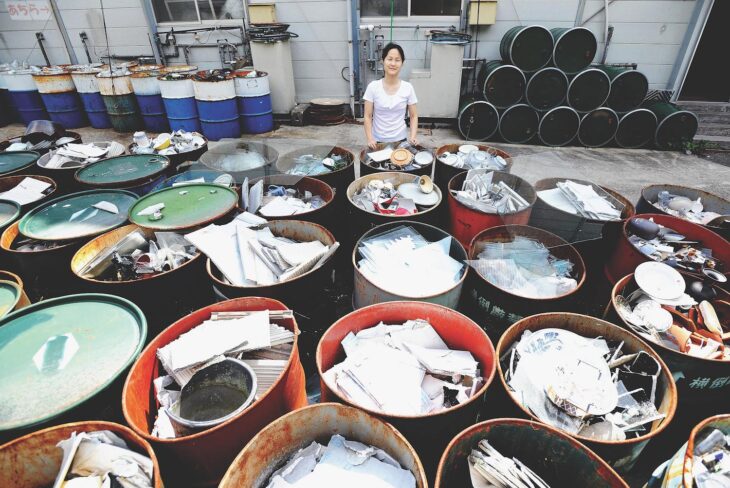
Source: greenamerica
For most people working for construction companies, the junk produced ends up in the dumpster at the end of every day – and it is usually lost forever, which is a huge mistake. If there are any useful and usable materials onsite, you should definitely choose to use it for other processes and jobs. So, instead of cutting a 15′ part of the wood to get a shorter part, use the one you now have in the reusable mass.
Now, if you do not have time, nor people to classify all the materials and junk, you can always opt for using recycling companies that will aid you with the junk that has accumulated. If you want to see what professional junk removal services you can opt for, check out this page for more information.
3. Lower The Quantity of Purchases At The Shops
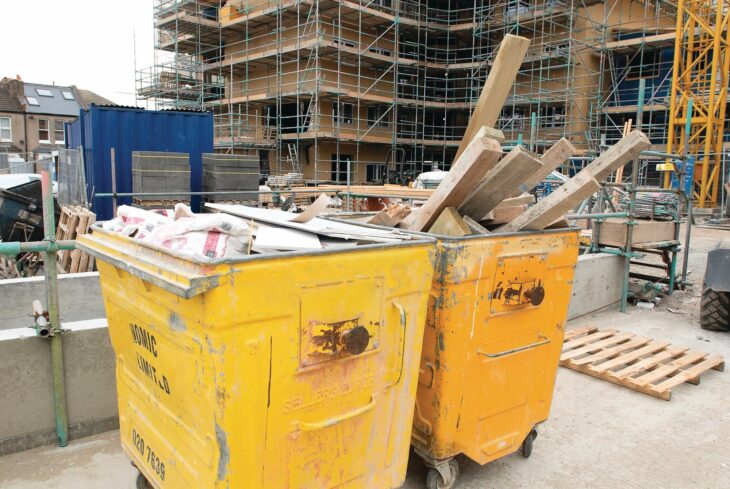
Source: michelemateus
You should get used to doing inventories often in order to determine what you actually require and what you own. Those journeys to the hardware shop when you run out of screws means that you’ll be spending cash for transport, hence, you’ll lose capital if you travel every time, and you might end up having excess things that you do not need at the moment.
Also, you can order the things you need in advance, which will in return lower the number of time you need to drive to the shop, and if you take inventory on regular basis, you’ll be able to find something else that might suit your budget instead of constantly purchasing new items.
4. Always Plan Ahead
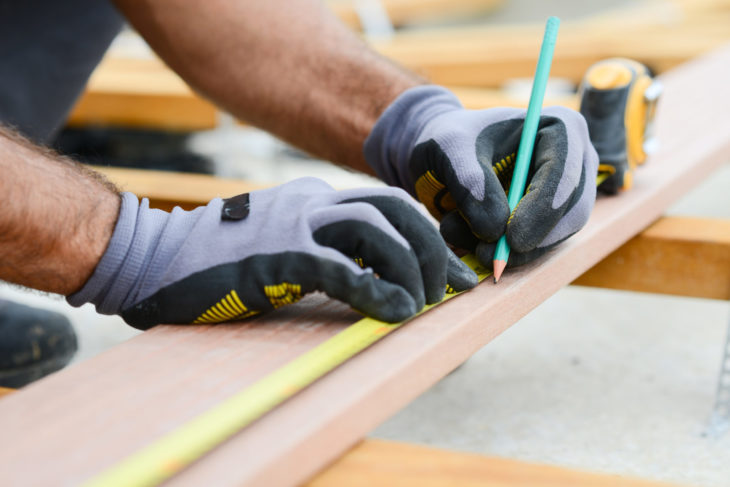
Source: cardwellhardwoods
The one thing you should always remember and keep in mind is that you must begin each building process by creating an area where you will deposit your junk. Guarantee that you make time for reusing and/or reusing into your final quote and time estimate. Making some time at the end of a shift will make your team understand that it is their obligation and you are not asking them to do additional work.
By creating these new habits onsite will definitely help you foster an environment and company that is entirely environmentally friendly, and it will create a company that will save you a lot of time, money, materials, and you might end up by getting more respect from your crew because you value out Earth.
5. Keep Your Materials Safe
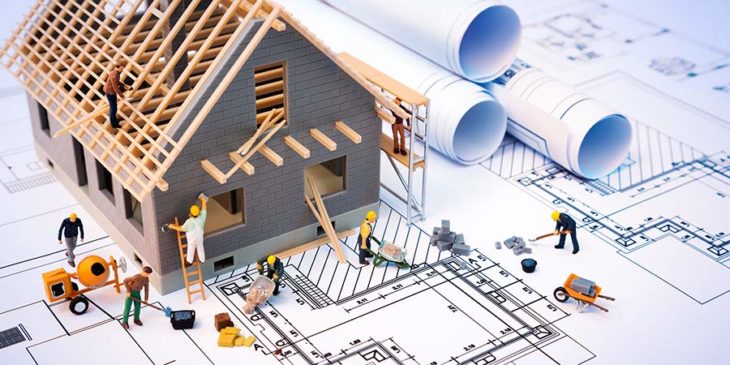
Source: Modern Planners GH
If you leave the materials you order exposed to the sun, water, and other elements, you’ll end up with having a bunch of items that you can simply throw away. This is why you need to cover your materials or store them properly from the elements, which will in return allow you to avoid purchasing new supplies and throwing away the destroyed ones.
6. Pick Your Vendors Carefully

Source: startupdonut
If you are determined to keep your company Eco-friendly, as well as sustainable, you must choose the vendor carefully and wisely. This is why you need to choose a vendor that can provide you with the things you need, but, one that will not slow the building process down and one that can aid you with finishing your project successfully.
7. You Can Always Donate What You Do Not Need
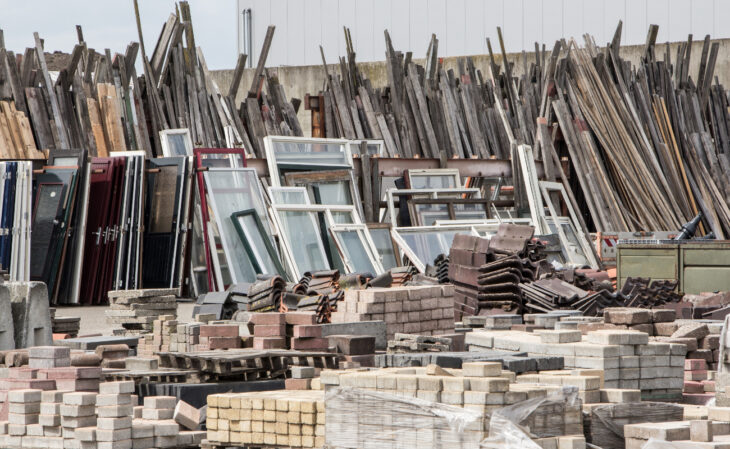
Source: allplan
As you already know, all the “trash” that you do not need to go to the landfill right away. Before you choose to throw everything away, you should sort everything and see whether or not can you donate the items. You can donate a wide range of things including fixtures, hardware, and any excess material that you have.
8. By Reducing The Packing, You Are Reducing The Waste
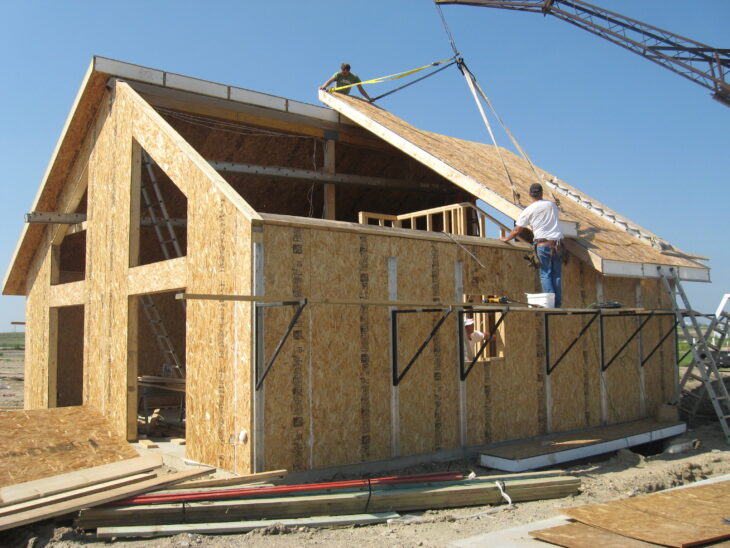
Source: capturingmoments2
You might not know this, but, almost 13% of all project construction trash comes from cardboard! Of course, protecting new materials is extremely crucial, but, the contractor can direct the supplier to try and reduce the packing, as well as the packaging of the goods that you need.
The supplier and you can do this by purchasing materials in bulk that would completely avoid the packaging of every single item, you can try to use reusable bins and containers, and you can also reuse a wide range of things for holding the material such as barrels and larger buckets.
Conclusion
As you can see, there is a wide range of things that you can do and try in order to reduce the waste on your construction site. So, now that you know what you can – and should do – do not waste any more time. Instead, go back to the beginning of this article, and determine what strategy or strategies might fit your needs best!
